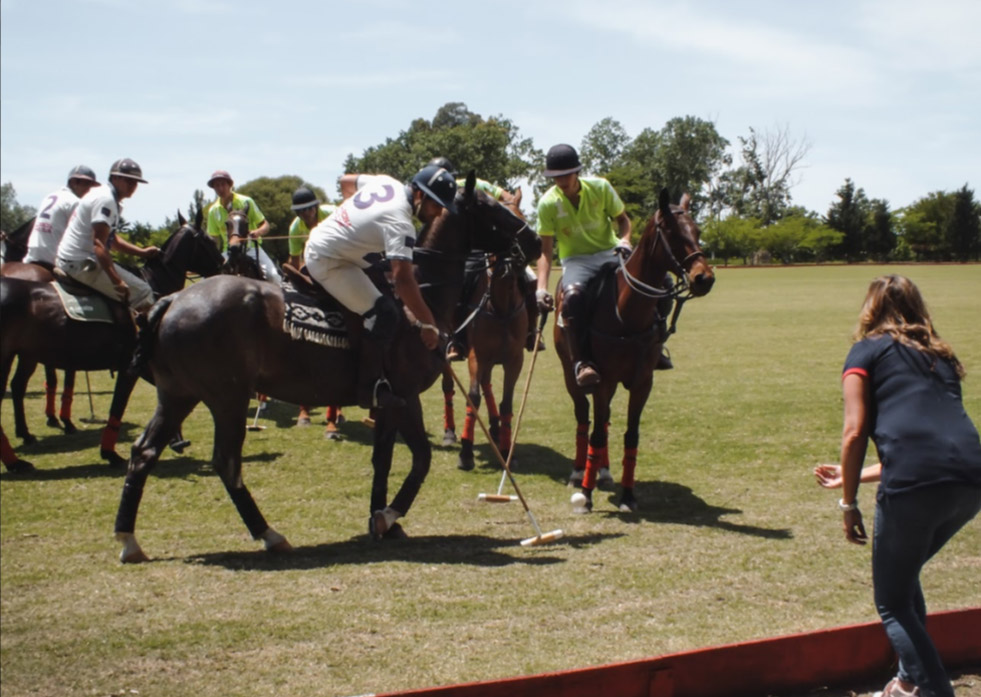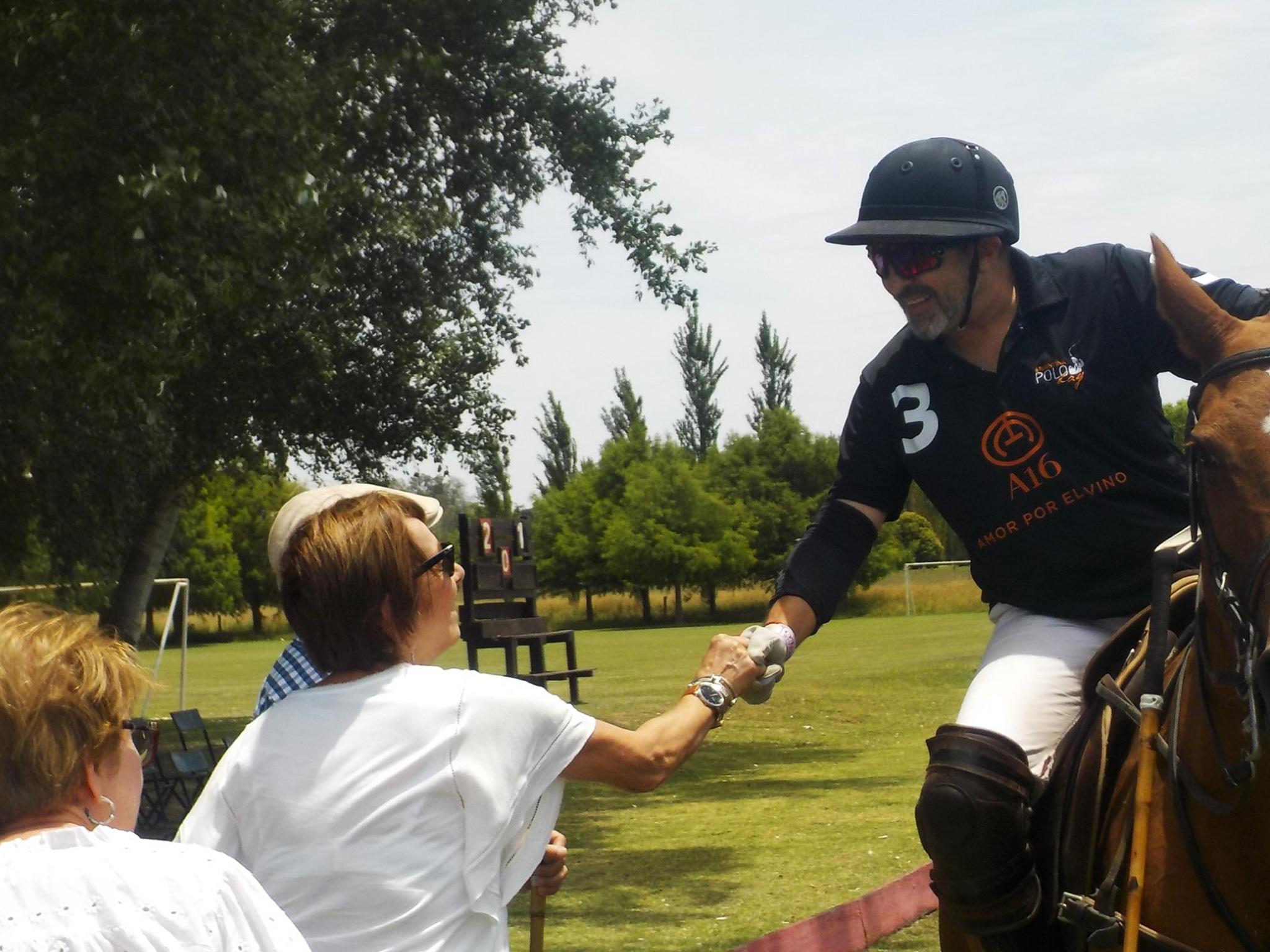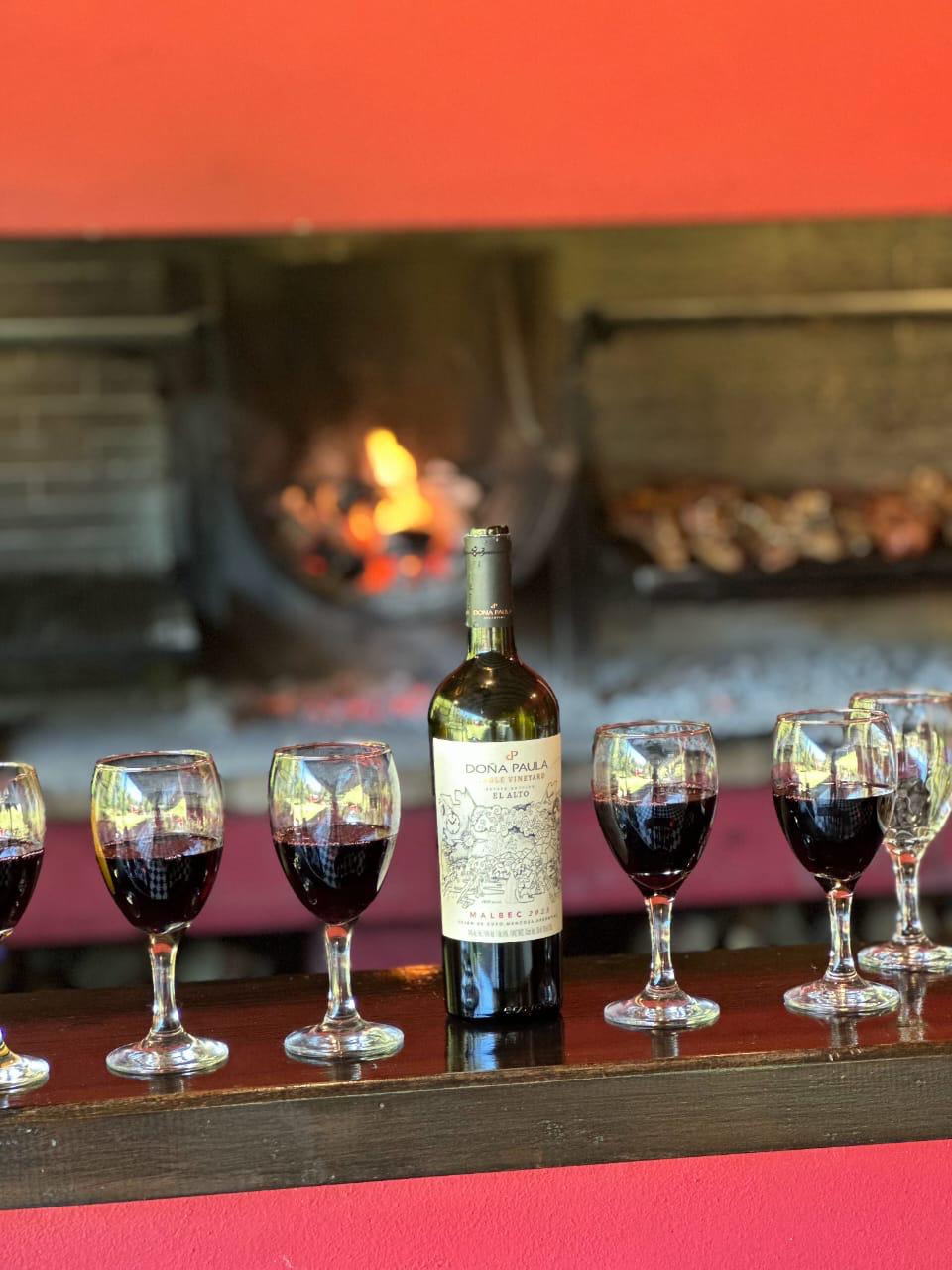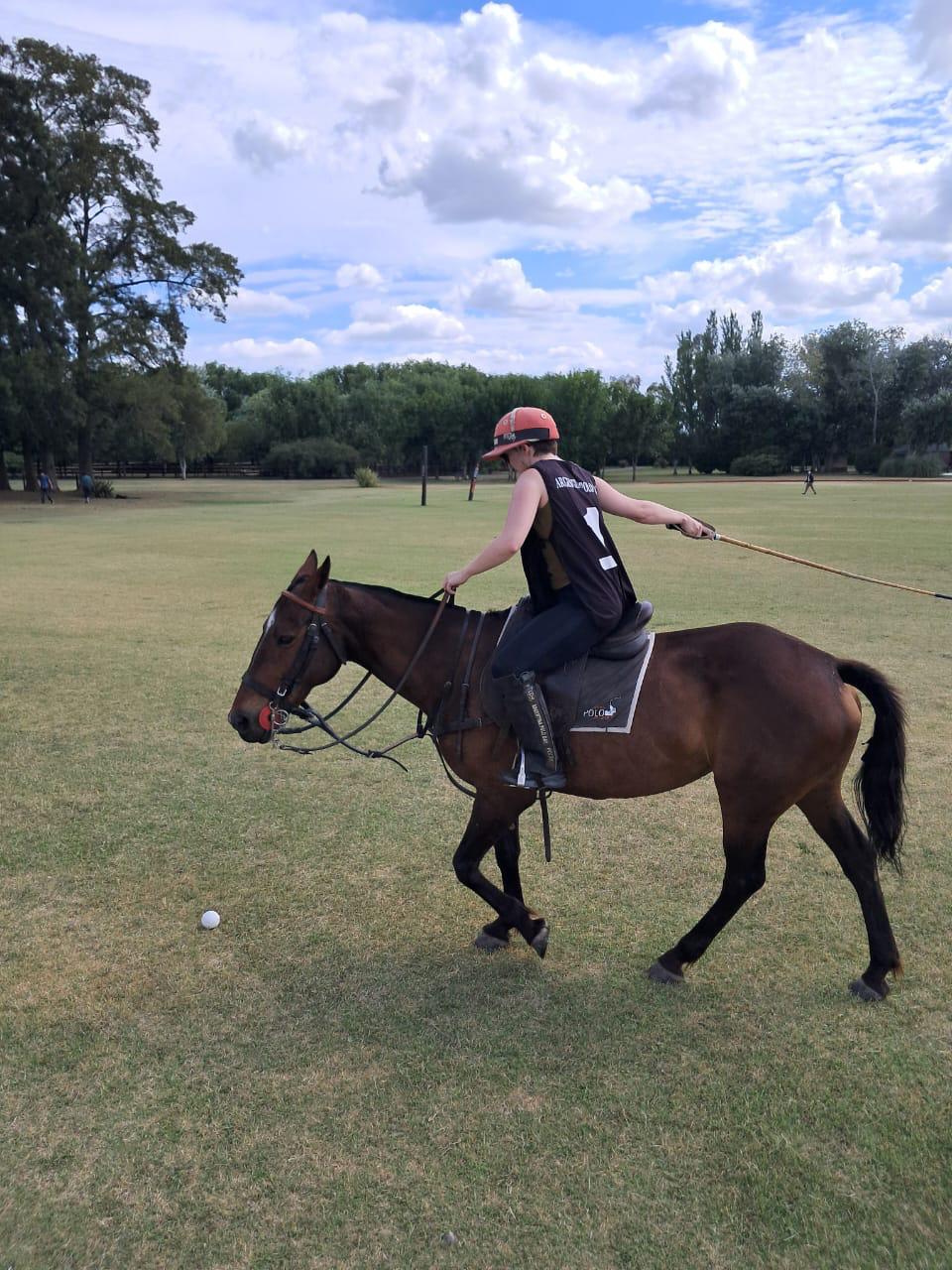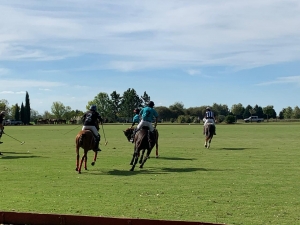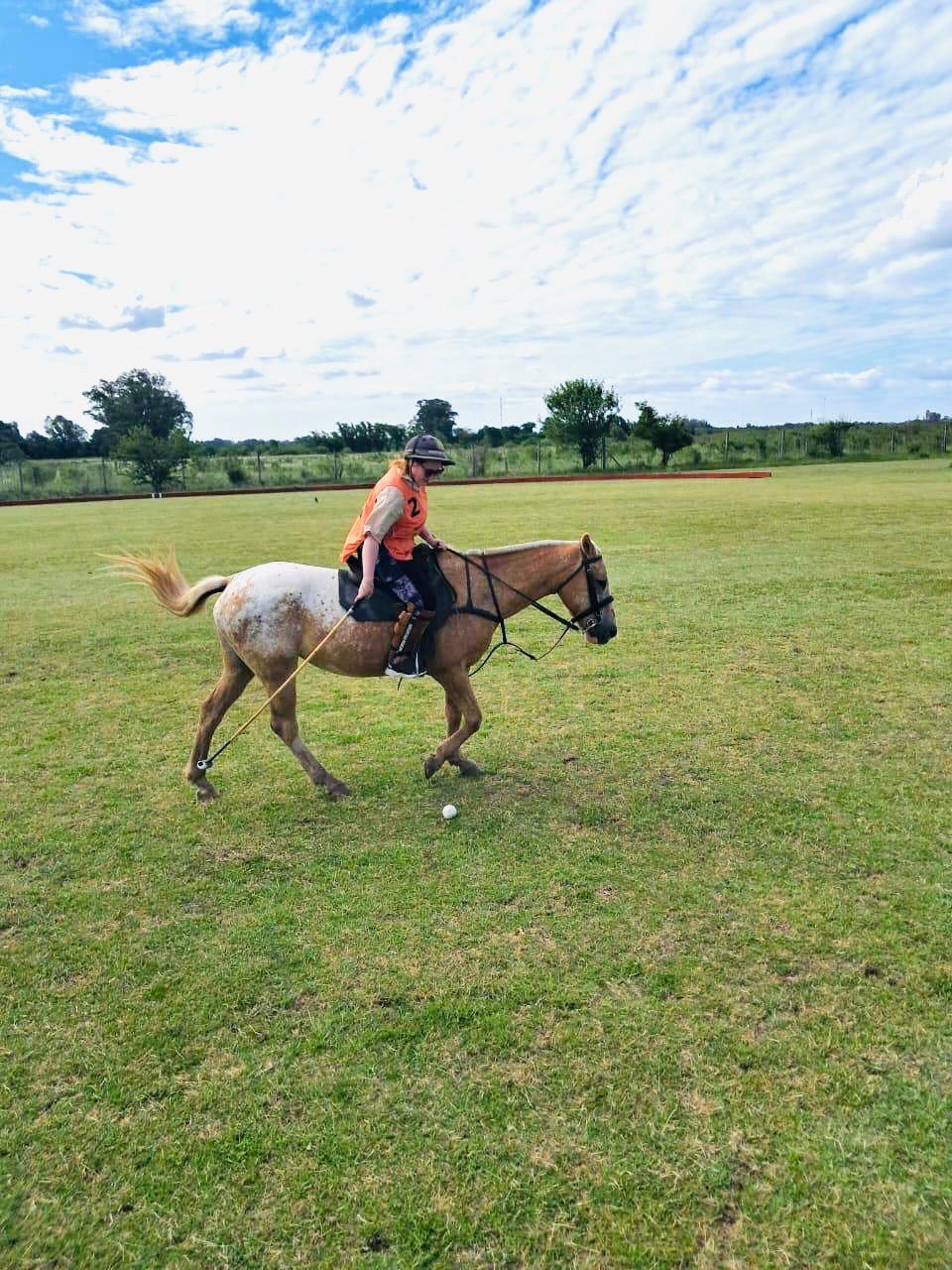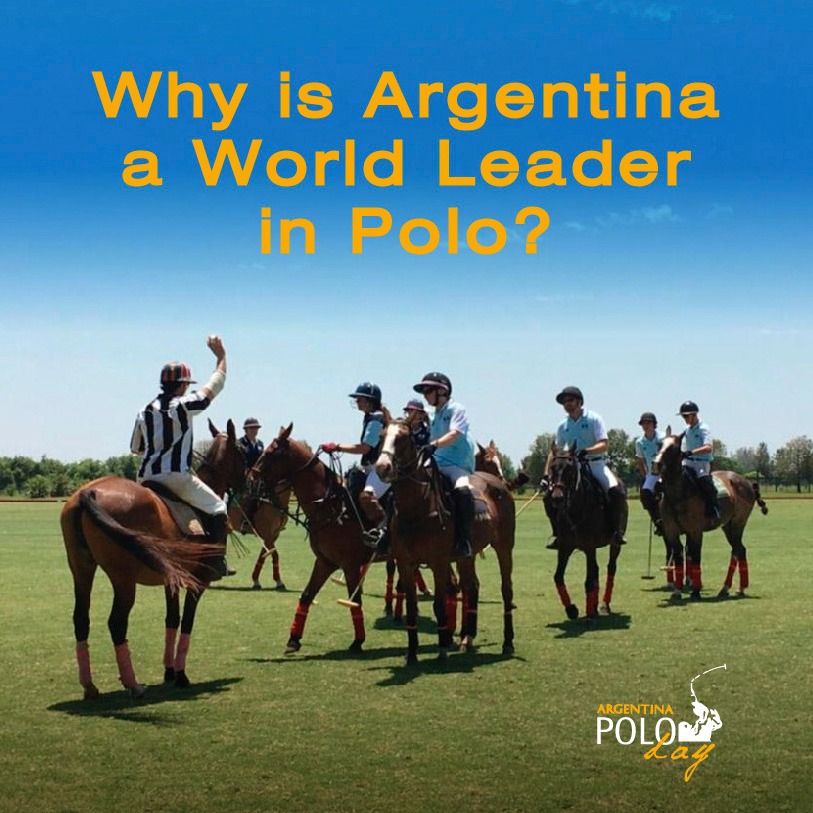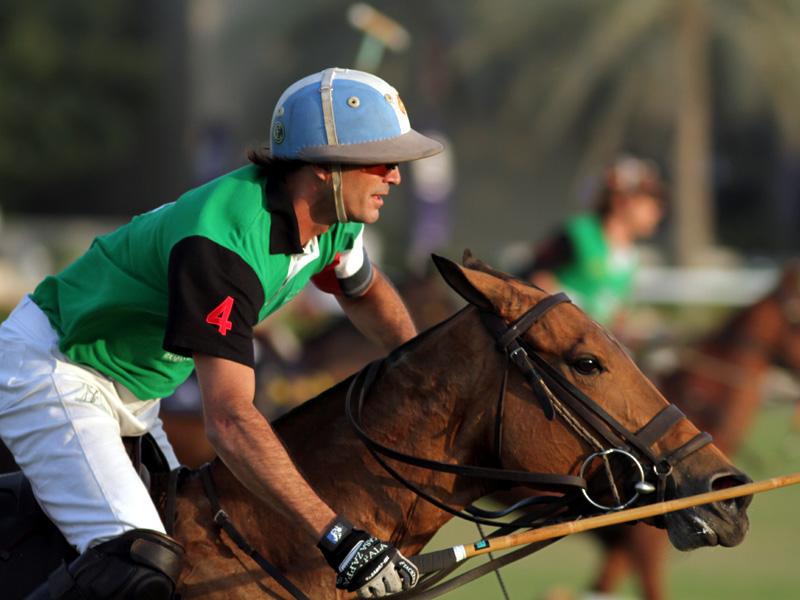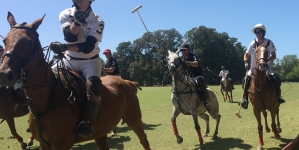-
What Are the Basic Rules of Polo? - 27 junio, 2025
-
Creando experiencias de alto valor - 6 junio, 2025
-
Encuentro positivo y productivo con Marca País Argentina - 6 mayo, 2025
-
Polo, vino y tradición: una colaboración que destaca lo mejor de Argentina - 8 abril, 2025
-
What Equipment Is Needed to Play Polo? - 25 marzo, 2025
-
Argentina Polo Day Magazine #4 - 14 marzo, 2025
-
What are the basic rules of polo? - 6 marzo, 2025
-
- 3 febrero, 2025
-
Argentina Horses: A Legacy of Strength and Grace - 27 enero, 2025
-
Where Can I Learn to Play Polo in Buenos Aires? - 18 enero, 2025
FACE TO FACE: POLO TRAINING
In the previous article of this section, we interviewed three amateur polo players who told us about their passion for this sport. This time we talked with Danilo, a trainer that for 32 years has been teaching what he knows about polo training. Danilo studied physical education, he is a professional swimmer and for many years he ran triathlons and marathons. And as you will see in the following interview, his specialty is the physical resistance, something he defines as fundamental in polo training.
1) Ideally, how many times a week a player must train?
DP: It really depends on the level and techniques the player has, since a professional one will have more demands on its training than an amateur and he will probably do it more frequently. But generally speaking I would say that an optimum, combining techniques and physical training, is three times a week.
2) Is it necessary for the player to do it with a trainer or he can train by itself? Why?
DP: At the begging I believe it’s necessary to do it with a trainer since he can guide the player and show him the errors that might occur when exercising. Once the player acquires the routine and knows exactly how to do it, he can train by itself. If we compare this with a simple situation in life, it is possible to say that anyone can cook without a chef telling what ingredients to use, but for sure that the meal will not taste the same.
3) What can you tell us about polo training? Which exercises predominate?
DP: In my point of view, it requires a basic physical training but with a strong predominance of strength and resistance, because it’s what players need more. Since it is a sport that requires prime mover (remember that the player rides a horse, trying to maintain its equilibrium with its legs for a long time) this two concepts are fundamental. In relation to exercises, I must recognize that talking of the most important enhances a conceptual error; a circuit it’s always the ideal. Push-ups, triceps and specific exercises for quadriceps, abductor and abdomen are some of them that must be present.
4) Which are the parts of the body that more are demanded in polo?
DP: The answer to this question it´s implicit in the previous one, because the parts that are more demanded are the ones that must be trained with more dedication. I would say that because of the postures and movements that polo requires these are: the waist, the lumbar, the abs and the inner part of the leg.
5) What can you tell us about the post-training? Do you have any recommendation on how to relax? And what about alimentation? Is there any diet that a player must follow?
DP: It is important that the player acquires the routine of stretching, especially its column, every time a training or a match is finished. I believe no specific diet is necessary, but as in any sport he must follow a healthy diet which includes the perfect equilibrium of proteins and carbohydrates.
More about polo: www.argentinapoloday.com.ar
| Argentina Polo Day

